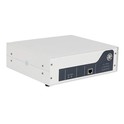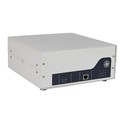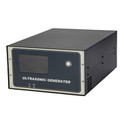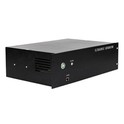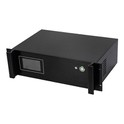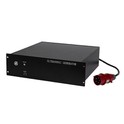Ultrasonic transducers emit ultrasonic waves, which can also be called mechanical waves. It has good directionality and strong penetration, and can fly in water and air. It can be used for distance measurement, speed measurement, cleaning, welding, stone crushing, sterilization, disinfection, etc. The commonly used transducers in ultrasonic waves are divided into magnetostrictive transducers and electrostrictive transducers according to the excitation mode.
In the early 20th century, the development of electronic technology made it possible to manufacture various electromechanical transducers using the piezoelectric and magnetostrictive effects of certain materials. In 1917, French physicist Langevin made a sandwich ultrasonic transducer with natural piezoelectric quartz and used it to detect submarines on the seabed. With the continuous development of ultrasonic applications in the military and national economic sectors, magnetostrictive transducers with large ultrasonic power and ultrasonic transducers for various purposes have emerged, such as electric transducers, electromagnetic transducers and electrostatic transducers. Today, the editor will talk about the medical uses of ultrasonic transducers:
The medical uses of ultrasonic transducers are mainly divided into two parts: medical detection and treatment.
Think of B-ultrasound, color ultrasound, ultrasonic holographic technology, ultrasonic scalpel, ultrasonic stone technology, which are common in hospitals. These medical devices all use ultrasonic transducers to work.
The working principle of medical ultrasound examination is similar to sonar. Ultrasound is emitted into the human body, and when it encounters the interface in the human body, it will be reflected and refracted. When it is emitted into the human body, it will be absorbed and attenuated, and will not cause harm to human tissue.
The application in medical equipment is different, so the use is different. Because ultrasound is harmless to the body, it is also widely used in medical classes.

